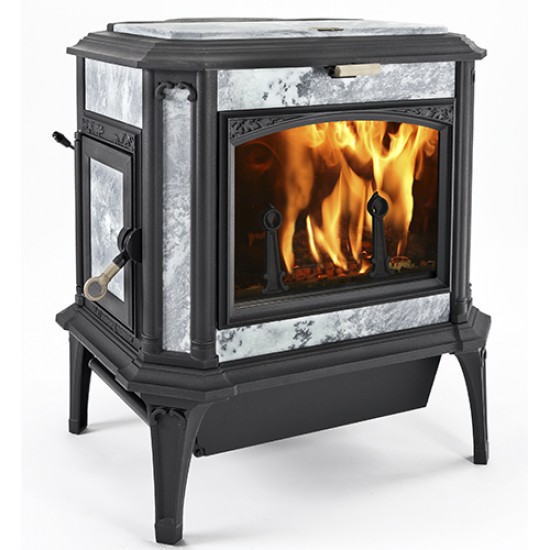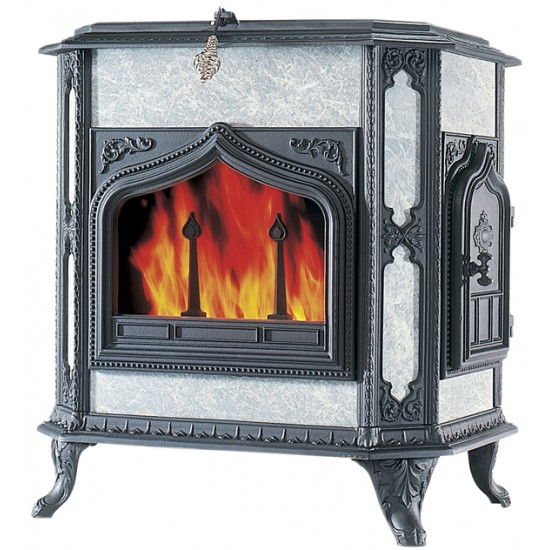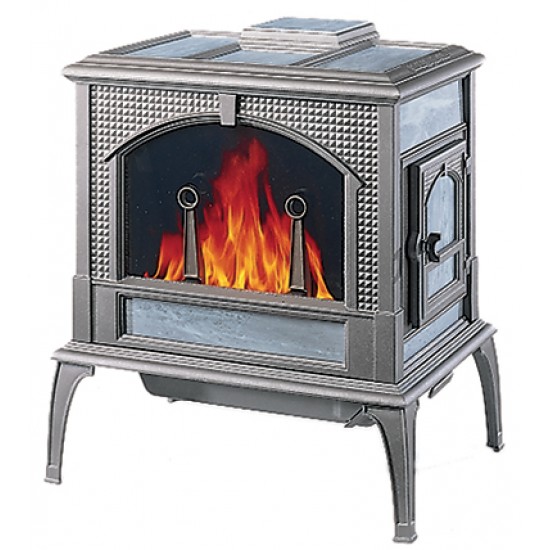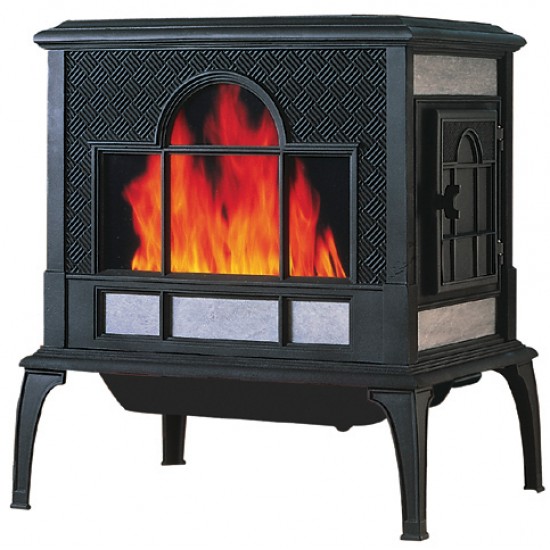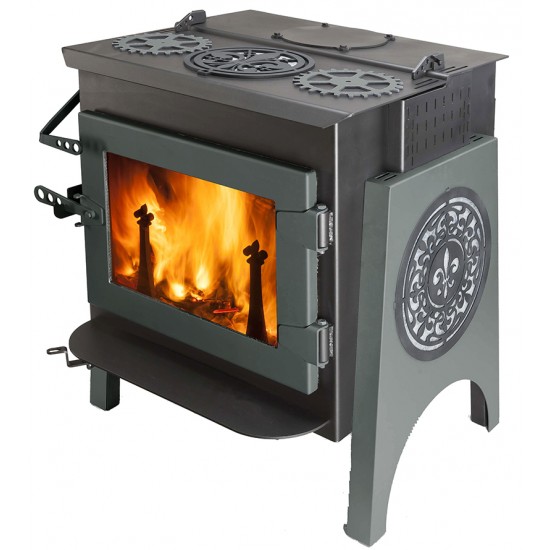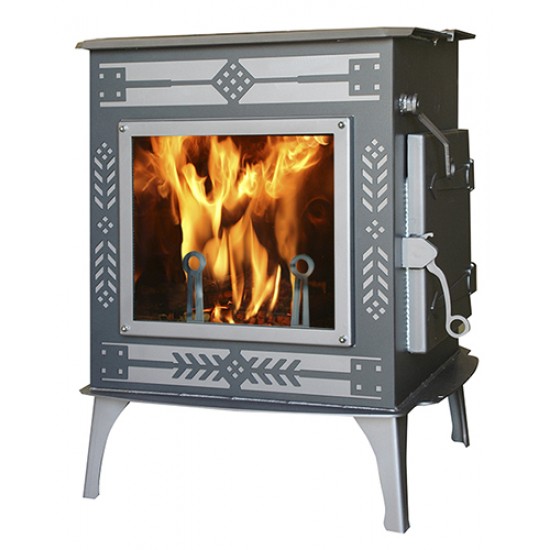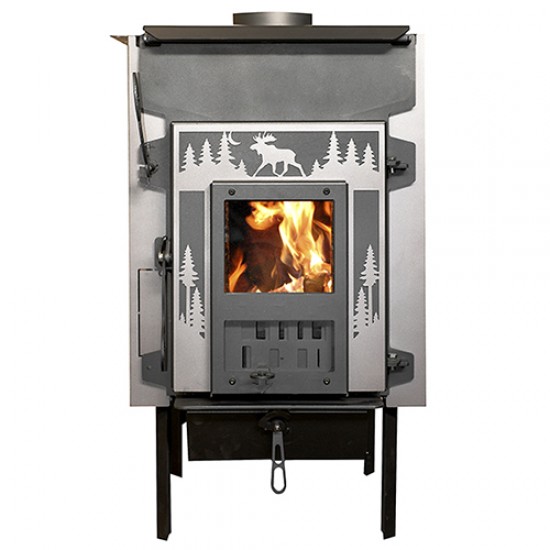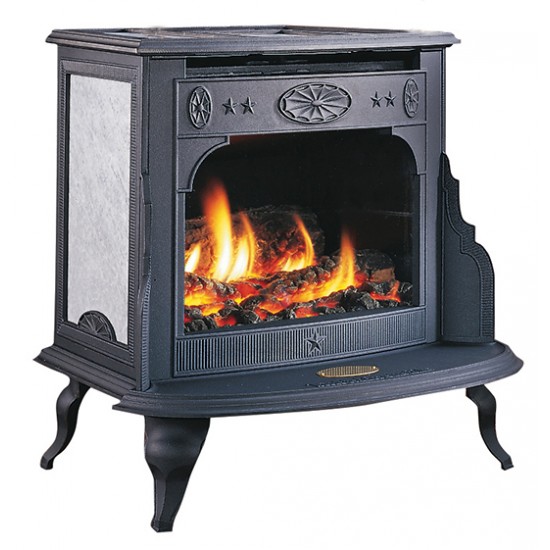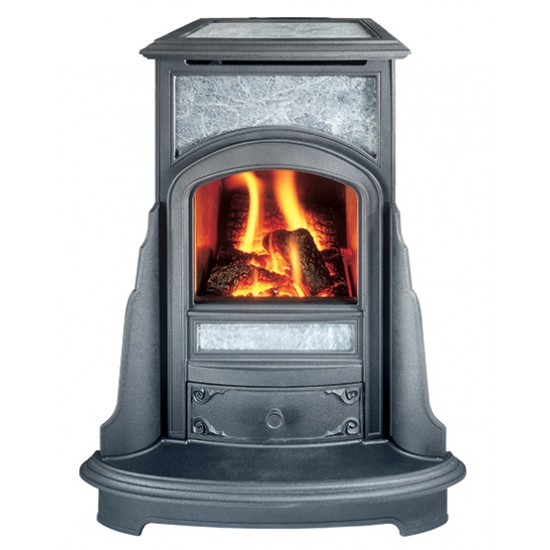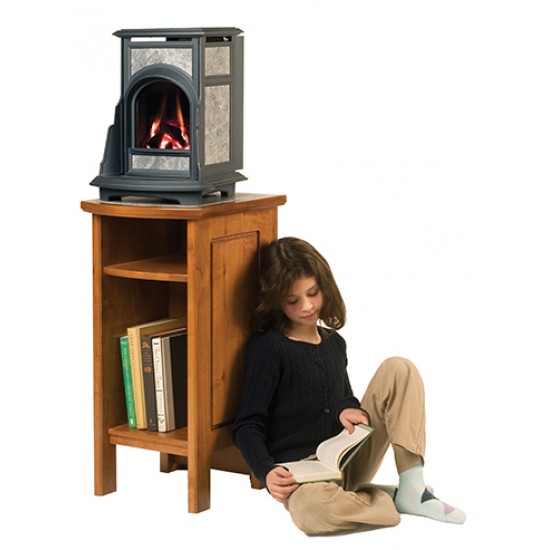03 Mar2014


Several
people have recently asked about how BTU output is determined. BTU/hr rating is
basically a speed and efficiency rating. The (1) greater the number of
POUNDS OF WOOD CONSUMED PER HOUR, and (2) the higher the OVERALL EFFICIENCY,
then the HIGHER THE BTU/hr OUTPUT RATING.
For example, if we put a 20# load of Douglas Fir at 22.5% moisture (dry basis),
then the dry weight is approx 16.3# (20/1.225 = 16.326). At 8,522 BTU/per pound for Douglas Fir, our
TOTAL INPUT is 138,909 BTUs for this load (8,522 BTU/# x 16.3 lbs = 138,909).
Ideal Steel Hybrid:
If the stove consumes the wood in 2 hours at an overall efficiency of 82%, then its overall output is 56,952 BTU/hr [(138,909 input/2hrs)*.82 efficiency = 56,952 BTU/hr output].
Secondary Air Only Stove (EPA Default Efficiency):
The same formula at 63% efficiency is
43,756 BTU/hr [138,909/2*63% = 43,756). EPA tests use default efficiency
values for wood stoves unless the stove has been tested for efficiency as part
of the EPA test procedure.
It is possible to get a very high BTU rating with a small firebox, or a
very
low BTU rating with a large firebox. BTU
output doesn’t have much to do with firebox size (though burn time
does). As noted above, BTU output has everything to do with (1) Rate of
consumption, and (2) Efficiency.
Notwithstanding what most manufacturers say, if you use cordwood, BTU output generally goes down, because the stove consumes fewer pounds of wood per hour than with EPA cribs, in part because there is less surface area exposed than with EPA cribs. A manufacturer can make up an efficiency number (or use LHV, or just one burn rate, or just part of one burn rate) but in our experience, the BTU output numbers that EPA reports are usually not far from the truth. When you see BTU/hr numbers that are double or triple the EPA numbers, they are often pure fiction.
Most people just put wood in their stoves and are happy if they are warm! But higher efficiency is a good thing as you can see above. As efficiency goes up, you either get more BTU output, or burn less wood, or both.
Notwithstanding what most manufacturers say, if you use cordwood, BTU output generally goes down, because the stove consumes fewer pounds of wood per hour than with EPA cribs, in part because there is less surface area exposed than with EPA cribs. A manufacturer can make up an efficiency number (or use LHV, or just one burn rate, or just part of one burn rate) but in our experience, the BTU output numbers that EPA reports are usually not far from the truth. When you see BTU/hr numbers that are double or triple the EPA numbers, they are often pure fiction.
Most people just put wood in their stoves and are happy if they are warm! But higher efficiency is a good thing as you can see above. As efficiency goes up, you either get more BTU output, or burn less wood, or both.

